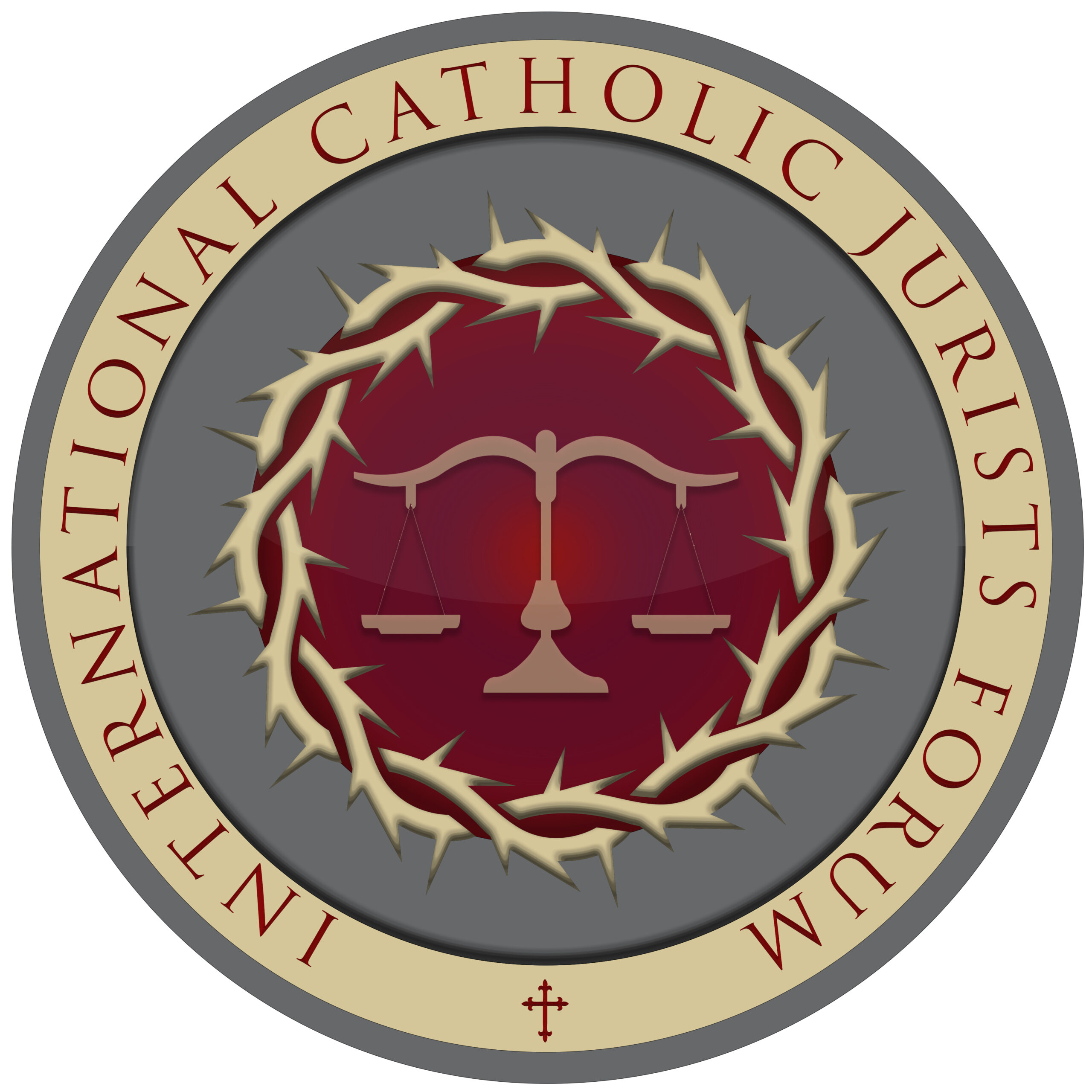June 22, 2007 – An Introduction to the Canonical Achievements of Pope John Paul II
His Holiness Pope John Paul II (Karol Wojtyła, reigned 1978 to 2005) was not a jurist-pope in the tradition of, for example, Pope Gregory IX, who directed St. Raymond of Peñafort in the production of the Liber Extra, also called Decretales (1). St. Raymond’s work served as a cornerstone of canon law until the twentieth century (2). Other examples of jurist-popes abound: Pope Innocent IV was a curial canonist during the drafting of Gregory’s Decretales (3). Innocent’s Apparatus in quinque libros decretalium was regarded by many as the best commentary on decretal law ever produced (4). The Baroque Pope Benedict XIV, often called the first modern canonist, authored extensive canonical publications both before and after his elevation to the Chair of Peter. Some of Benedict’s work remained in print until the twentieth century (5). Finally, Pope Pius XII, as a young priest with doctoral degrees in canon and civil law, served as an immediate assistant to Pietro Cardinal Gasparri while the master drafted what would become the Pio-Benedictine Code of Canon Law (6). Pope John Paul II, in contrast, left us no imposing legal treatises, presided over no legislative councils, and rendered no significant judicial decisions. But do not conclude from this that my thesis is basically mooted; to the contrary, far from being a canonical sleeper, the papacy of John Paul II had an enormous impact on the canon law of the Catholic Church (7). I will divide my remarks into three main areas. First, I will try to set out in some detail what John Paul II actually did in the area of canon law. Even trained canonists have trouble keeping track of the many canonically complex areas of ecclesiastical life that John Paul II worked in, and most non-canonists are quite unfamiliar with the breadth of the fontes cognoscendi—the basic texts and works containing the law—developed during his lengthy pontificate. This Article should help the reader to recognize the major areas in which modern popes impact ecclesiastical law and indicate those areas of law that John Paul II affected. Second, I will briefly look in a more precise way at how John Paul II did what he did in canon law. His very approach, built on a genuine willingness to listen to others whose expertise might have exceeded his own in this area or that, left us an instructive, but disarmingly simple, example. John Paul II’s approach befits not only practitioners of canon law, but of civil and common law as well, and indeed all leaders of large projects and undertakings. Finally—with what I hope is a healthy timidity inspired by realizing how much more others know than I about Catholic history, theology, and the ecclesiology of the Second Vatican Council—I want to suggest why Pope John Paul II did what he did in canon law. I do not wish to speculate on the psychological motives behind his approach to law; rather, I wish to discover the principle that guided his canonical thinking. I think that principle was missiological, specifically evangelistic, in nature.
† Edmund Cardinal Szoka Chair, Sacred Heart Major Seminary, Detroit, Michigan; J.C.L., J.C.D., The Catholic University of America, 1988, 1991; J.D., University of Missouri at Columbia, 1982; B.A., St. Louis University, 1979. 1. For an overview of the canonical accomplishments of Pope Gregory IX (Ugolini of Segni, reigned 1227–1241), see P. Torquebiau, Corpus Iuris Canonici, in 4 DICTIONNAIRE DE DROIT CANONIQUE 610, 627–32 (R. Naz ed., 1949), and J.M. Powell, Gregory IX, Pope, in 6 NEW CATHOLIC ENCYCLOPEDIA 496 (2d ed. 2003).
2. Powell, supra note 1, at 496.
3. Compare J.M. Muldoon, Innocent IV, Pope, in 7 NEW CATHOLIC ENCYCLOPEDIA 524, 524 (1967) (describing Innocent’s canonical career beginning prior to 1226 and ending with his death in 1254), with Powell, supra note 1, at 496 (detailing that Decretales was promulgated in 1234).
4. For an overview of the canonical accomplishments of Pope Innocent IV (Sinibaldo Fieschi, reigned 1243–1254), see J.A. Cantini & Ch. Lefebvre, Sinibalde dei Fieschi, in 7 DICTIONNAIRE DE DROIT CANONIQUE 1029 (R. Naz ed., 1965), and Muldoon, supra note 3, at 524– 25.
5. For an overview of the canonical accomplishments of Pope Benedict XIV (Prospero Lambertini, reigned 1740–1758), see R. Naz, Benoit XIV, in 2 DICTIONNAIRE DE DROIT CANONIQUE 752 (R. Naz ed., 1937), and M.L. Shay, Benedict XIV, Pope, in 2 NEW CATHOLIC ENCYCLOPEDIA 278 (1967).
6. For an overview of the canonical accomplishments of Pope Pius XII (Eugenio Pacelli, reigned 1939–1958), see R. Leiber & R. McInerny, Pius XII, Pope, in 11 NEW CATHOLIC ENCYCLOPEDIA 396 (2d ed. 2003). Pope Pius XII oversaw the drafting of what was intended to be an Eastern Code of Canon Law, though circumstances limited him to only partial promulgation of the norms. See Praefatio ad Codicem to Codex Canonum Ecclesiarum Orientalium, in 82 ACTA APOSTOLICAE SEDIS 1047 (1990) (explaining the history and promulgation of the Eastern Code of Canon Law, which was eventually published in 1990).
7. I will not address Pope John Paul II’s philosophy of law. One of the earliest attempts to describe that philosophy can be found in Zenon Grocholewski, La filosofia del diritto di Giovanni Paolo II, 64 APOLLINARIS 521 (1991). For a review and paraphrased English abstract of Grocholewski’s arguments, see Paul Hayward, Review of Archbishop Grocholewski’s Paper on the Philosophy of Law of Pope John Paul II, CANON L. SOC’Y OF GR. BRIT. & IR. NEWSL., Sept. 1997, at 72.
